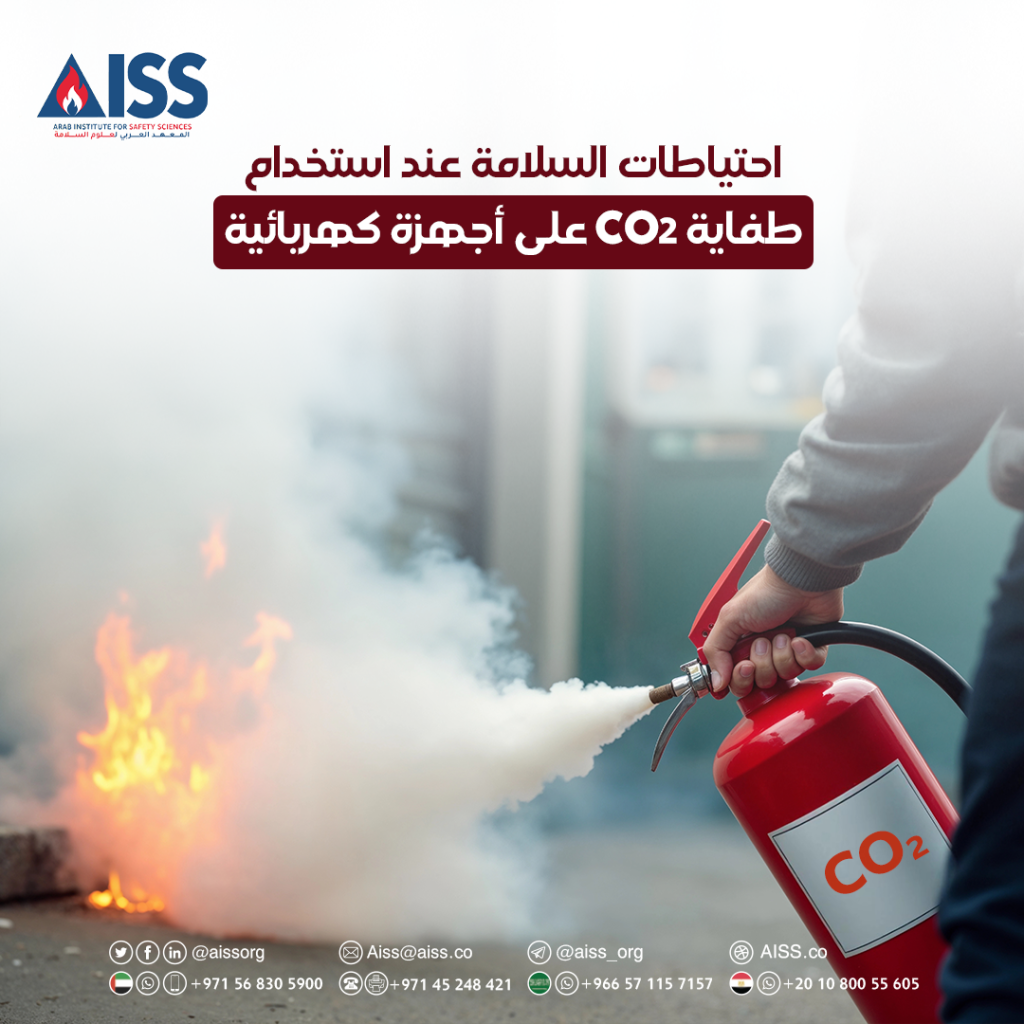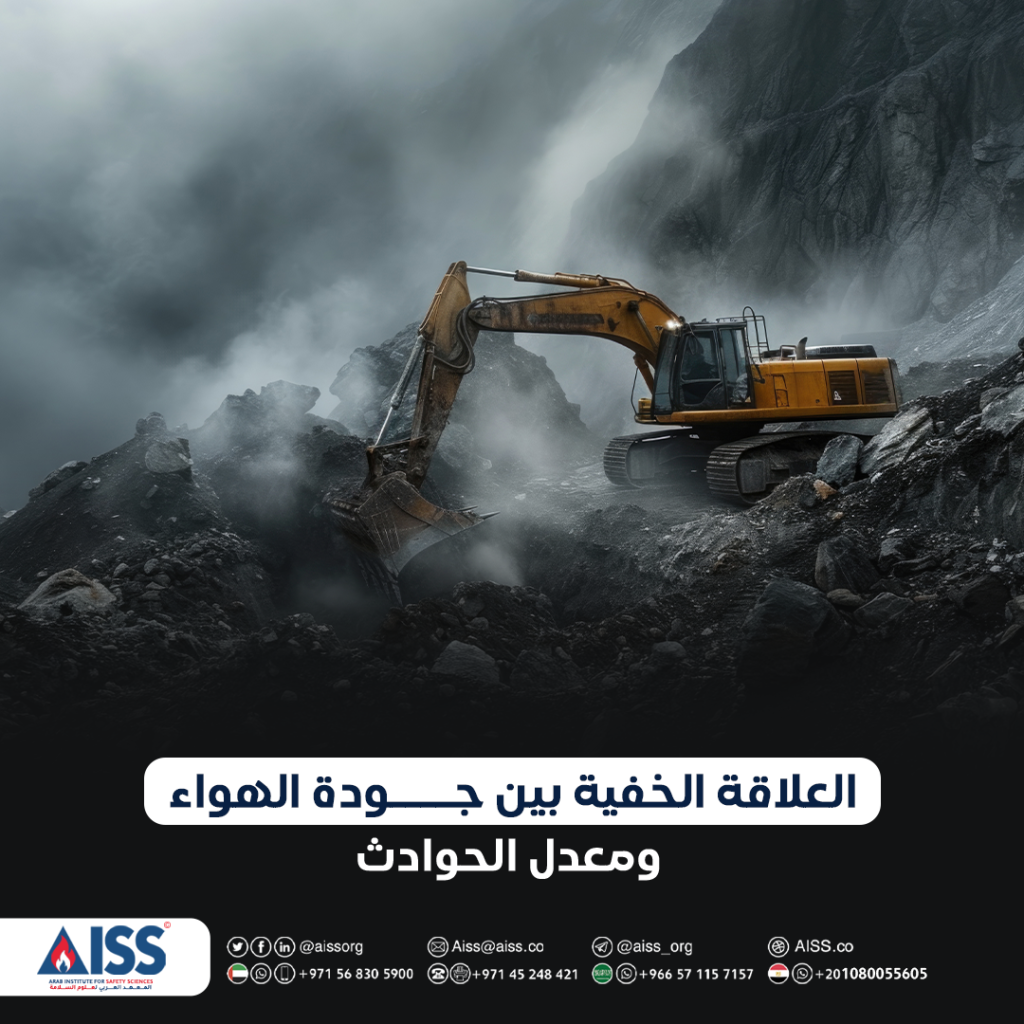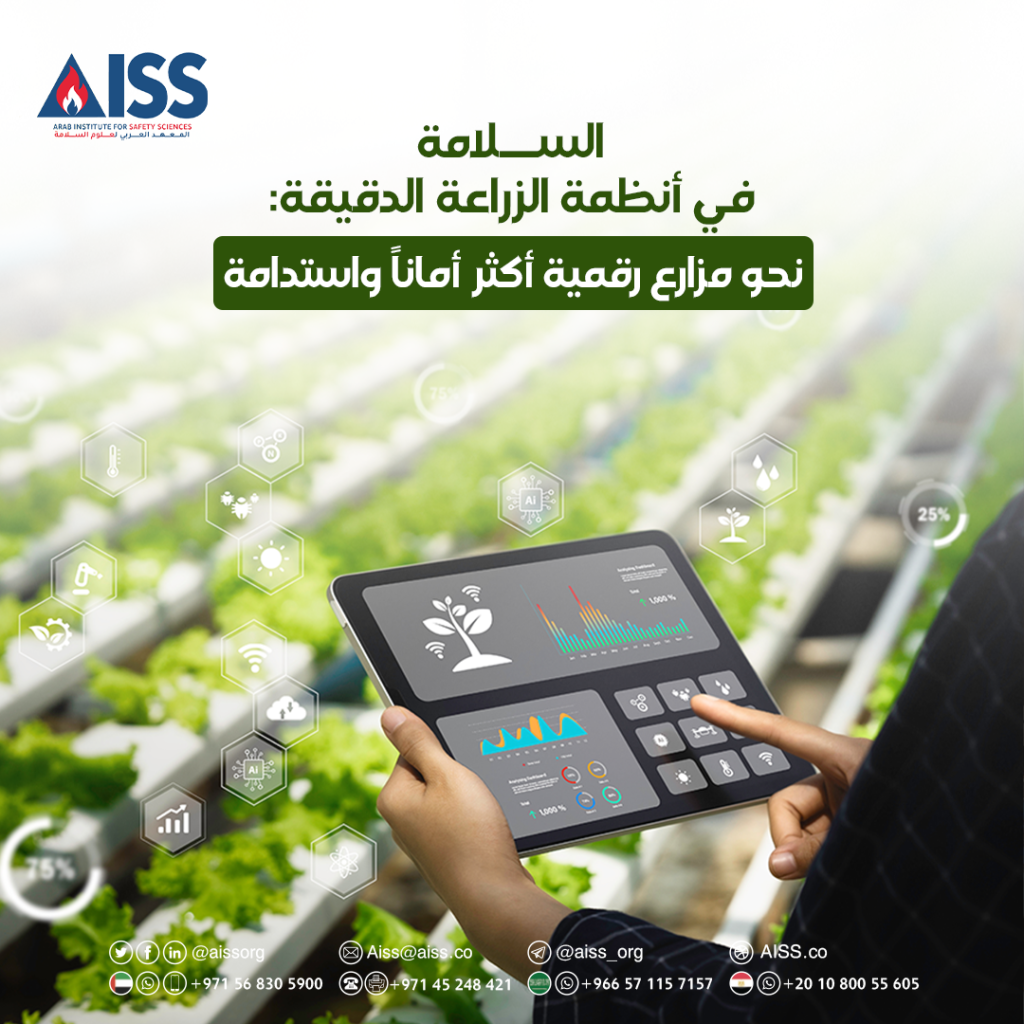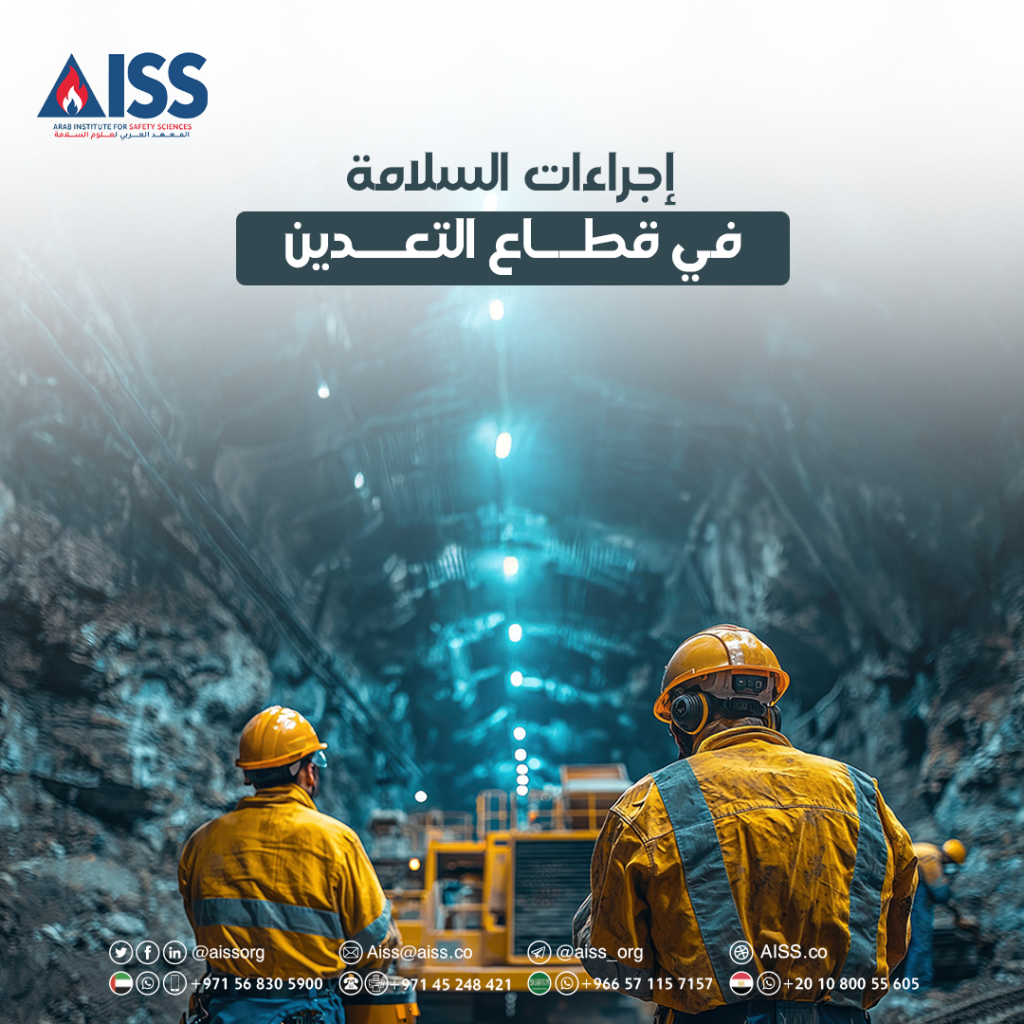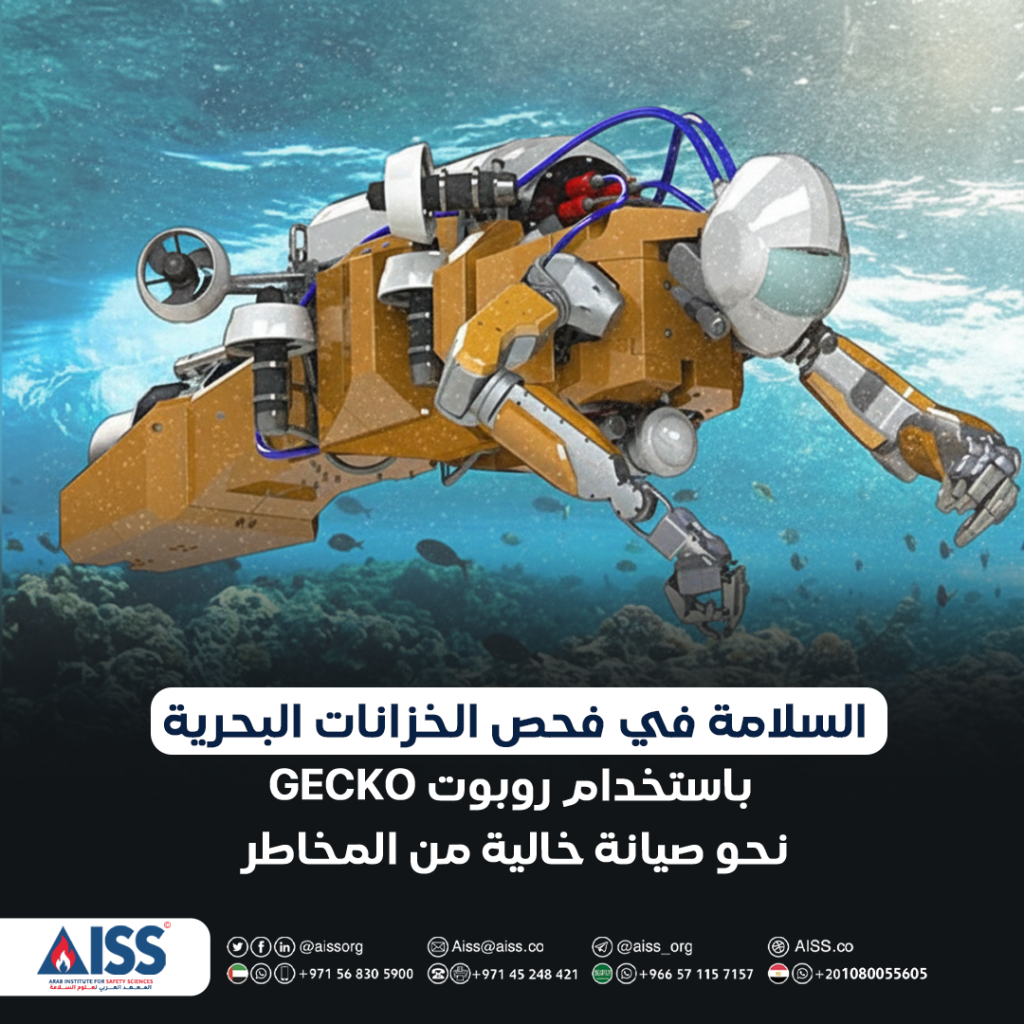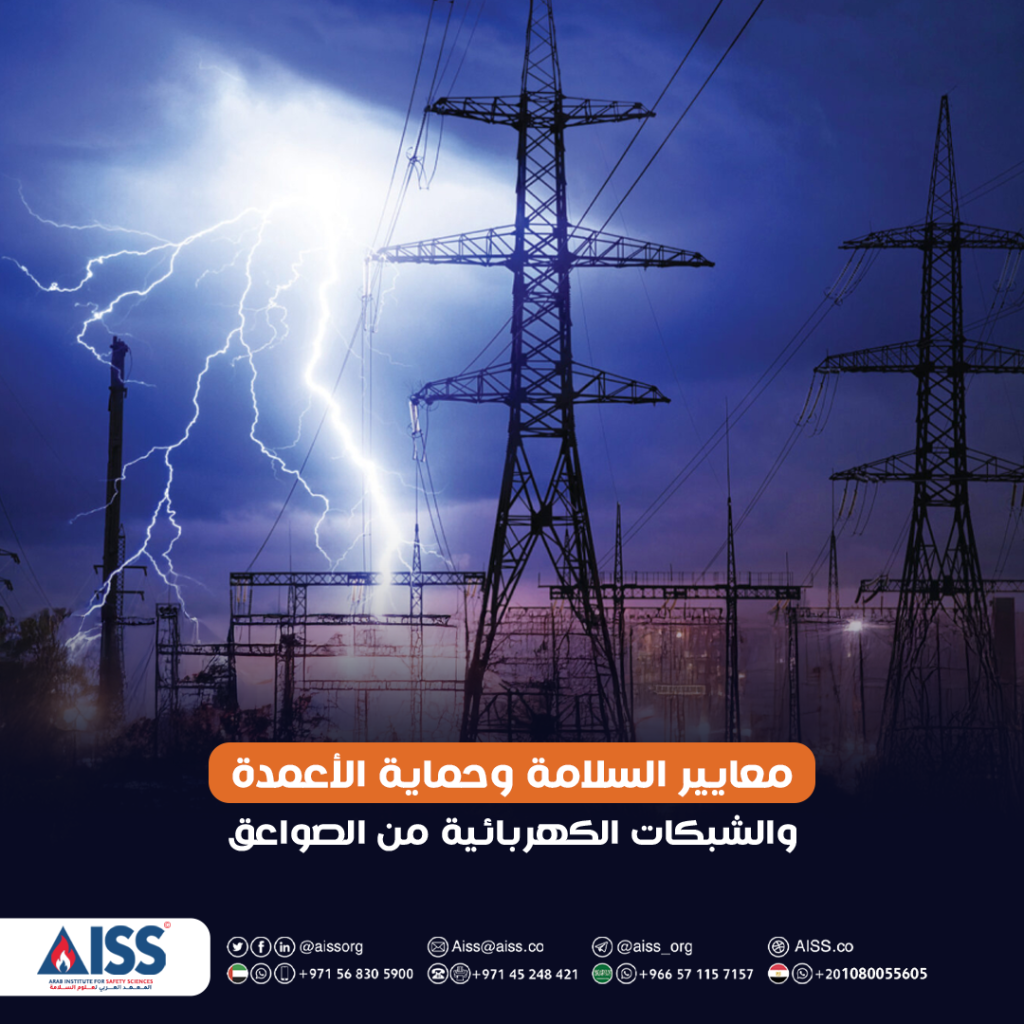Eng-Musab Alrawajfeh Jordan
5th Arab Safety Conference 2024
Eng-Musab Rawajfeh-Jordan
Bachelor’s degree in mechatronics engineering-Tafila Technical University – Jordan 2010
Master degree in engineering management Mutah University – Jordan 2020 Research assistant (RA) in National Institute for Occupational Safety and Health | NIOSH Washington
American society for occupational safety and health – United States

Dover international training license-Dover University – United States Professional engineer in Public safety-Jordan Engineers Association 2021 14 years experience in the occupational safety and health – Safety Specialist Safety Researcher for many scientific researches in international journals.
Every year, 2.3 million workers die from work-related accidents or diseases, which is equivalent to over 6000 deaths every day Approximately 340 million occupational accidents are reported, and 160 million people are directly affected by occupational diseases annually. In fact, occupational diseases are a major cause of death among workers, and exposure to hazardous substances aloneن contributes to an estimated 651279 deaths annually
International Labour Organization
Top 5 occupations with all-time Highest
Number of Workplace Deaths:
1-Transportation and Material Moving 2-Construction
3-Installation Maintenance and Repair
4-Management
5-Building and Grounds Cleaning and Maintenance
Al has become an Integral part of the modern working world and Is affecting many areas, from automation in manufacturing to data analysis in marketing. It increases efficiency, improves decision-making and makes it possible to solve problems in new ways. Integrating Al Into occupational health and safety has the potential to make workplaces safer and prevent accidents.

However, the integration of Al also poses challenges, including physical risks and psychosocial burdens such as the pressure of being monitored and fears of losing one’s job due to automation. This article looks at both the opportunities and risks presented by using Al with regard to occupational health and safety.
Artificial intelligence (Al) is at the core of the development of “Cyber-Physical Systems that characterize the current paradigm shift in the world of work known as the Fourth Industrial Revolution. As such, understanding the impact of Al on the health, safety, and wellbeing of workers Is essential to the field of occupational safety and health.
I am text block. Click edit button to change this text. Lorem ipsum dolor sit amet, consectetur adipiscing elit. Ut elit tellus, luctus nec ullamcorper mattis, pulvinar dapibu
While not uniformly defined, artificial Intelligence (Al) refers to systems built to execute intellectual processes of humans. such as reasoning, identifying meaning, generalizing information, or learning from experience. Employers use numerous applications of Al to streamline business processes and increase worker productivity and safety. Algorithms that make recruiting and hiring decisions are increasingly common ways to identify the fit of job candidate.
These algorithms use natural language processing to extract Information from resumes to create a database of potential hires [3,4] Algorithms that rely on facial recognition are used to screen video Interviews for a job candidate’s body communication skills. Language, speech cadence, and communication skills.
s leo.

Artificial intelligence (AI)
Human resource conversational bots and smart assistants manage onboarding and responding to employee questions, thereby reducing the workload for strained human resource professionals. Al allows for real-time data collection to monitor workers and identify exposure risk. Environmental sensors and biosensors collect data on biological, physical, or chemical changes and convert them into measurable signals that flag early warning signs of occupational disease or distress.
Artificial intelligence (Al) Is the ability of a computer system or a robot to perform tasks that normally require human intelligence, and these tasks include understanding language, recognizing images, making decisions, or solving problems [10]. Al can be applied to diverse areas, such as healthcare, education, entertainment, and finance. Al offers the benefits of enhancing human capabilities and productivity, for instance by automating tedious or dangerous tasks, improving accuracy and efficiency, or providing new insights and solutions.
The application of Al In OHS risk management can facilitate OHS risk management by automating hazardous or repetitive tasks, detecting and alerting potential risks, or providing guidance and training to workers. Al enables robots or drones to perform inspections, maintenance, or repairs in dangerous environments, such as mines, power plants, or construction sites.
Furthermore, Al facilitates the collection and analysis of data related to the physical, mental, and emotional states of workers, hence, the monitoring and improvement of their well-being and performance. With these data, Al provides feedback and support to workers by giving early warnings or Interventions to prevent burnout, depression, or anxiety Al is helpful for OHS training as it can create realistic and immersive simulations or scenarios, particularly for emergency response training, which offers vivid learning experiencees to workers. This permits workers to visualize various emergencies at workplaces better and handle these situations more effectively.
Materials and Methods
In this study, a scoping literature review was completed to summarize the recent literature on Al’s role in OSH equity. A scoping literature review aims to synthesize the research in a topic area In order to serve as a starting point for future research. Scoping provides more flexibility than a systematic review or meta-analysis, as it accounts for more diverse and relevant literature (e.g., gray literature).
This literature review was guided by two priori assumptions:
1- Al likely contributes to OSH Inequities; and (2) OSH professionals may not be fully prepared to address the health and wellbeing impacts of Al in workplaces.
The following research questions (RQs) guided the analysis of full-text literature:
RQ 1: How can Al be used to promote OSH equity? RQ 2: How does Al present barriers or challenges to OSH equity?
RQ 3: What are best practices for addressing emerging OSH equity challenges related to AI?
What are gaps in addressing Al and OSH equity?
What are key Issues for OSH/Industrial Hygiene professionals to understand around Al?
Research Question
Previous research has Identified research gaps regarding the Impacts of Artificial Intelligence on Workplace Health and Safety. As a result of this, the research question posed by this research study Is:
What are the opportunities and challenges of artificial intelligence on the workplace health and safety?
Research Focus
This research Intends to focus on understand how Al integrated in workplaces, can impact upon the health and safety of the workers within them.
As this research Intends to understand the challenges and opportunities of artificial intelligence on workplace health and safety, what this researcher first needs to understand is what applications of Al are being used in workplaces, as well as the impact that these applications have on the workplace health and safety of people in the organizations.
Research Design
The present study employs an Integrative review methodology, the researchers’ decision to employ an integrative review methodology for this topic of research, was that the area of interest is In its infancy. Torraco (2005, 2016) stated that integrative reviews are generally Intended when addressing two kinds of topics-the first being a mature topic and the second a new or emerging topic. Acknowledging that Al and the impacts of this technology on WHS is very new, the researcher believed that this research methodology was a good fit.
The Cheur fan negative attentivagy bows the researcherithesise Meratun and identify major themes as well as key contructs in this new ares of interest that is Artifical ampact on Wits is an emerging ares oferent, ating nation obtained in an ante view & slowt the messarcher to connect a various arch findings to be able to
Creat a new understanding and recommendations about At and WHS
Database searches
The database searches were successes In yielding many interesting articles on the topic of Al, however upon analyzing the articles that were found in the Endnote software, a large number of duplicates were identified, and subsequently removed. The researcher then began reviewing titles and abstracts, it was found that there was a large number, or articles published on the topic of Al but many of these articles only referred to a link to WHS and did not go into detail of the opportunities or challenges that are presented when implementing Al into an organization, thus many articles were not included as they did not present the information needed for the review. Once the researcher had a manageable number of research articles to review, which were thought to be of relevance to this research study, the full-text articles were then assessed for suitability to be used in this review. A small number of articles were removed at this point due to the information not being suitable, the reasons can be found in the PRISMA flowchart diagram In Figure 2 Materials and Methods
The Initial scoping results revealed 468 articles, with 135 articles screened on abstract. Full text screening included 135 articles: 79 peer-reviewed journal articles, 32 pieces of white literature, and 24 pieces of gray literature. Full-text screening identified 75 articles for Inclusion: 31 peer-reviewed journal articles, 29 pieces of white literature, and 15 pieces of gray literature.
Secondary citations were searched based on in-text references to the previously Identified keywords/concepts. These 38 secondary citations were included In the scoping review and did not need to meet all inclusion criteria (e.g., date of publication). In total, 113 articles were analyzed (n=113): 49 peer-reviewed journal articles, 39 from the white literature, and 25 from the gray literature. A single reviewer identified the articles for inclusion, and the study team was consulted at each stage of the search. If a keyword and/or concept was referenced at least one time. In the article, Its use was recorded In an Excel spreadsheet. Author, year, title, source type (e.g., peer review), knowledge type (e.g..empirical), methods, key points, and pertinent quotes were collected, and the ways in which the article answered the RQs were recorded. Appendix A includes a table of the113 articles included in the scoping review analysis
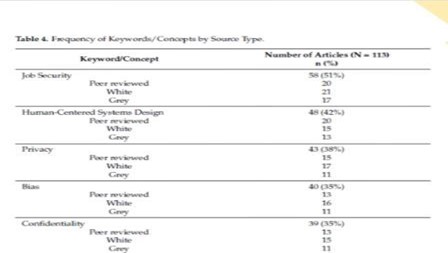
Prachinlogical bazarts
The use of beth merital and physical challenges. Cemisant monitoring ty Al can lead to employees feeing he they are sheays being watched and outpet, which can lead to high pertammanor pressan, anty and turmet, astition, tomation through advanced Al
Systems is causing many people to worry about being machines, whichh can cause.
Psychological stress and a fall In productivity furthermore, constantly having to adapt to new.
Technologies and working methods requires a high level of mental flexibility and willingness to leam.
Which can be overwhelming and lead to symptoms of stress.
Physical hazards
In addition to traditional risks, Al-controlled machines create new physical hazards due to their.
Ability to act autonomously, whichh can lead to unpredictable actions If they are not monitored.
Sufficiently closely or are operated using faulty algorithms. This can put the physical safety of
Employees at risk, for example through Incorrect machine operation or uncontrolled interactions
With robots. In addition, reliability issues of Al systems harbour the risk of systems failures and
Malfunctions, which can lead to business Interruptions and physical hazards, especially in highly
Automated environments. Psychological stress caused by Al can also manifest itself physically,
Leading to symptoms such as headaches, cardiovascular problems and other stress-related illnesses..that further impair quality of life and mental health.
Measures to reduce mental and physical hazards:
To minimize psychological effects, transparent communication, further training and retraining as
well as measures to counteract adjustment stress are Important. Transparent communication helps.. to address employees concems regarding the Introduction of Al and promote a culture of trust.
Further training and retraining programmes are crucial for preparing employees for the changes .. brought about by Al and alleviating their fears of losing their jobs. Strategies to combat adjustment.. stress, such as sufficient training opportunities and promoting a healthy work-life balance, are also .. essential to meet the demands of modern working life and create a healthy working.. environment Overcoming the phrysical challenges posed by the use of Al requires a comprehensive risk analysis.. and risk mitigation strategies to be developd. Physical security Is ensured by developing specific.. security standards, performing regular maintenance and technically monitoring the Al Systems this includes risk analyses, real-time monitoring and alarm systems, regular safety training and a continuous improvement process. Maintanance includeincludees hardware and software checks, updates,system optimisation and the Implementation of early detection systems for malfunctions
Take advantage of opportunities, minimize risks
The progressive Integration of Al into everyday working life poses both revolutionary opportunities and significant risks. Al has the potential to significantly Increase occupational health and safety through innovative technology and Improved hazard detection, but at the same time it Imposes new demands on the mental and physical resilience of the workforce. Successful implementation of Al In occupational health and safety therefore requires not only technical adaptations, but also comprehensive considerations to be made for human factors. Proactive training, dear communication and prudent management practices must be used to create a culture that takes both technological and human aspects Into account. The only way we can ensure that the benefits of Al are fully realized without compromising the safety and wellbeing of employees is by striking a balance between human beings and machines

hat role can artificial intelligence play in occupational health and safety?
-Identifying hazards
-Predicting risks
-Risk assessment
-Predictive maintenance
-Detecting Behaviors
-Real-time monitoring and alerting
-Providing real-time feedback and suggestions
-Data analytics
-Training and education
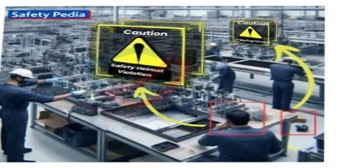
opportunities and challenges of Al on WHS, these are summarized below:
Opportunities:
-Power of the data generated by Al technologies
-Automation in the workplace
-Detection of risks
-Improving safety culture
-Reporting
-Training
-Return on Investment
Challenges:
-Preparation
-Cultural issues
-Dehumanization
-Intensification of work
-Robotics
-Talent Shortages
-WHS Management
-Regulation and ethics

Jordan’s Artificial Intelligence Strategy and Implementation Plan
Ministry of Digital Economy and Entrepreneurship

Vision and strategic goals
Making Jordan a regional leader in artificial Intelligence and creating a unique and attractive technological and entrepreneurial environment where artificial intelligence can be effective, supportive, and an integral part of the national economy.

Raising Awareness in Artificial Intelligence:
Increasing awareness, societal culture, and competence in the field of Al is an important prerequisite for accepting and keeping pace with the development of emerging technologies, especially Al, and an impetus to leam new skills to benefit from them in improving the quality of life The same could be achieved through the adoption and implementation of a series of initiatives targeting all categories of Jontanian society in general, such as promotional campaigns in all available means of communication, in addition to projects and initiatives aimed at raising awareness among government sector employees through the implementation of training programs series of workshops, seminars, and various training programs
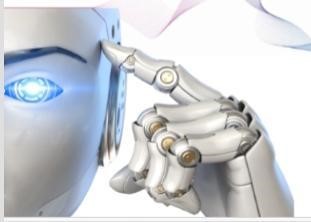
Two types of performance Indicators and targets were identified, the first type being at the strategic goal level and the second type being directly related to the projects and initiatives, while six targets were identified, linked to the strategic goals as follows:
EXAMPLES OF SOME IMPLEMENTATION PROJECTS:
-Capacity building and developing Jordanians and exponences by Introducing artificial intelligence specialization In universities and designing vocationa and technical training programs In the field of Al.
Encouraging scientific research and development by supporting scientific research projects in the field of artificial Intelligence.
-Eutablishing an Innovation laboratory in artificial to transform ideas and research projects Imo applied projects.
-Annual Hackathon competitions aimed to find solutions to national challenges
-Applying artificial intelligence tools to raise the efficiency of the public sector and the use of artificial intelligence in digital govermental services.
-Applying artificial intelligence in the health sector by classifying pathological cases through Xcay images.
-Applying artificial intelligence in the energy sector through the use of artificial intelligence in the planning and operation system for electrical loads in various industries.
Applying artificial inteligence in the water sector through an early detection system for waste in water.
Applying artificial intelligence in the agriculture (agre-tech) sectors through the use of unmanned aerial vehicles (UAVs) to classify soil fertility, as well as the establishment of an early warming system for producers from frost.
Applying artificial intelligence in the smart city sector such as traffic congestion management system.
Implementation of artificial intelligence in the cybersecurity sector by using the cyber-attack logs system to predict cyber-attacks.
Jordan’s Artificial Intelligence Strategy and Implementation Plan
VISION AND STRATEGIC GOALS
1- The vision of the mategy revolves around making Jordan a regional leader in the field of artificial intelligence and providing a unique and attractive technological and entrepreneurial environment for artificial intelligence to be effective, supportive and an essential component of the national economy”
2- The Strategy includes five main strategic objectives that are in line with Jordants artificial intelligence (A) Pulicy as follows Targets
3- Six targetsked to the strategobjectives have been identified
Governance:
To ensure the Implementation of the Al Strategy under the supervision of the Ministry of Digital Economy and Entrepreneurship through cooperatio with the pubic and private sectors, academia civil society and NGOs, the followin Governance Framework is placed
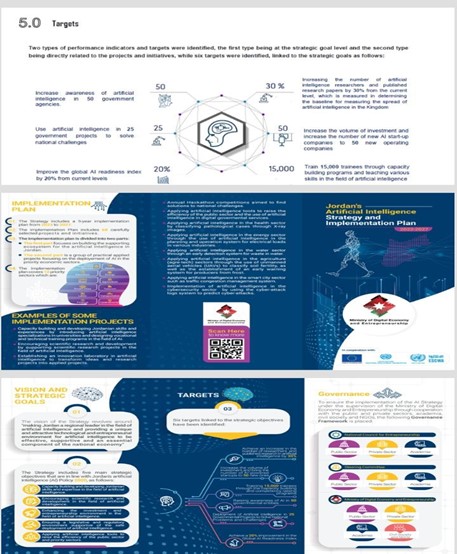
eferences
Abioye, S. O., Oyedele, L. O, Akanbi, L., Ajayi, A., Davila Delgado, J. M., Bilal, M., Akinade, O. O, & Ahmed, A. (2021). Artificial intelligence in the construction industry: A review of present status, opportunities and future challenges JOURNAL OF BUILDING ENGINEERING, 44, 103299. https://doi org/10.1016/j.jobe 2021.103299
Abuwarda, Z., Mostafa, K., Oetomo, A., Hegazy, T., & Morita, P. (2022). Wearable devices: Cross benefits from healthcare to construction. Automation in Construction, 142, 104501. https://doi.org/https://doi org/10.1016/j.auteon 2022 104501
Al Forum New Zealand. (2018) Artificial intelligence: shaping a future New Zealand: an analysis of the potential impact and opportunity of artificial intelligence on New Zealand’s society and economy (First edition, ed.)..
Al Forum New Zealand (2019). Towards our intelligent future: an Al roadmap for New Zealand Te ara mö tätou atamai o äpöpő: te huarahi atamai iahiko o Aotearoa (Version 1.01/09.19. ed.).
Aiello, G., Catania, P., Vallone, M., & Venticinque, M. (2022). Worker safety in agriculture 4.0: A new approach for mapping operator’s vibration risk through Machine Learning activity recognition. Computers and Electronics in Agriculture, 193, 106637. https://doi.org/https://doi.org/10.1016/j.compag 2021.106637
Amcor Flexibles. (2022) Forklift Sensors [Interview].
Anastasi, S., Madonna, M., & Monica, L. (2021). Implications of embedded artificial intelligence machine learning on safety of machinery. Procedia Computer Science, 180, 338-343.


